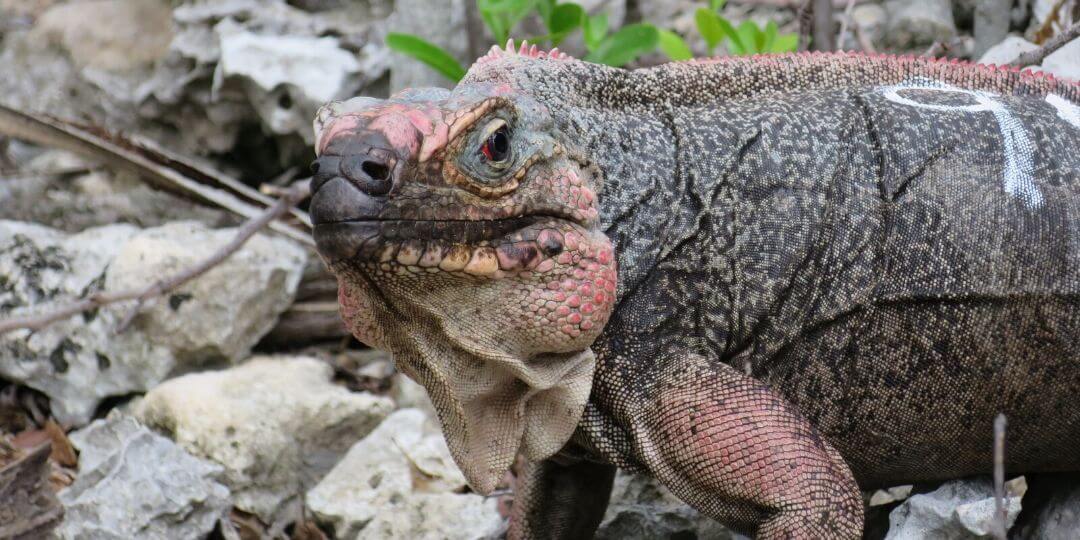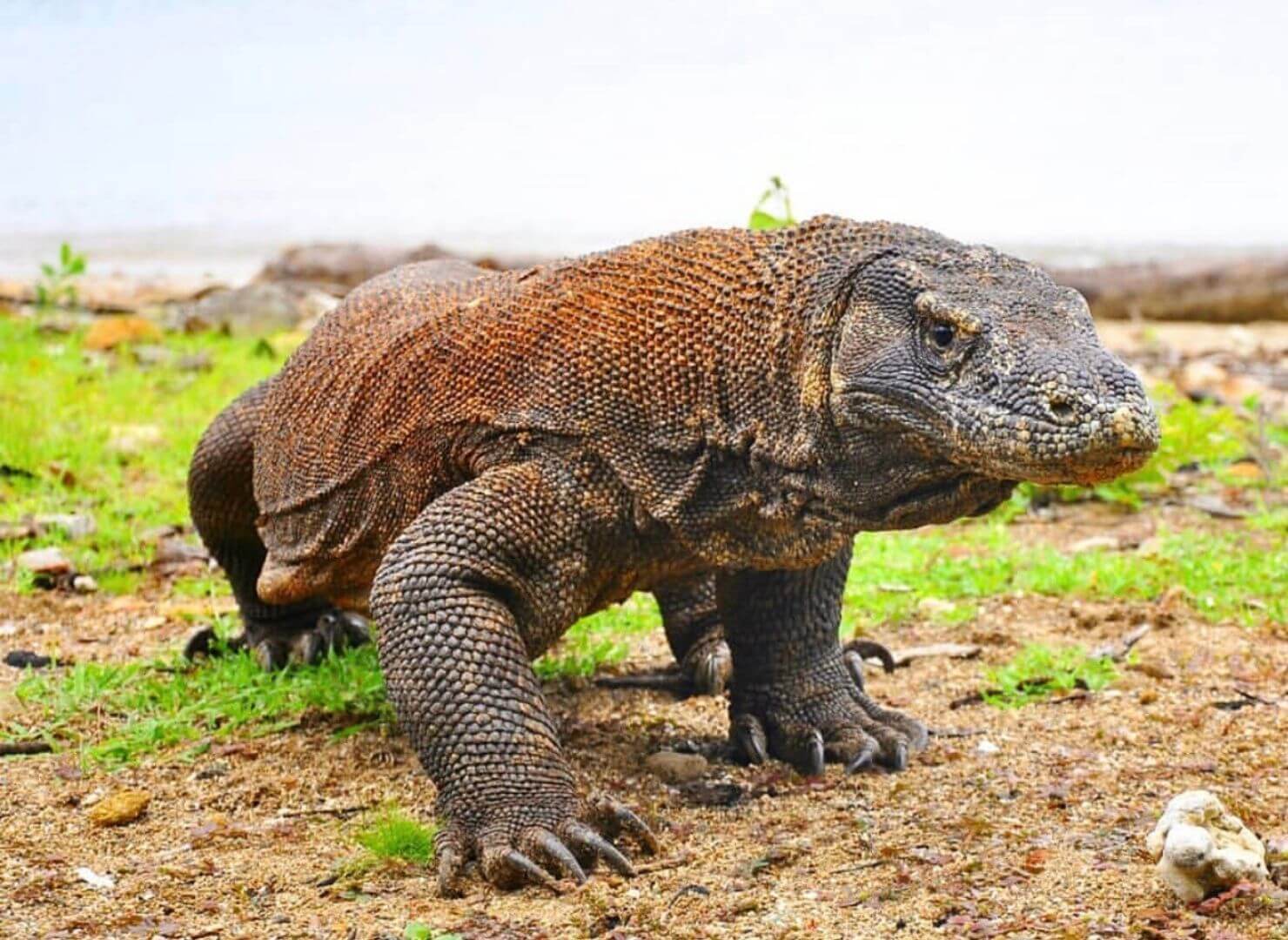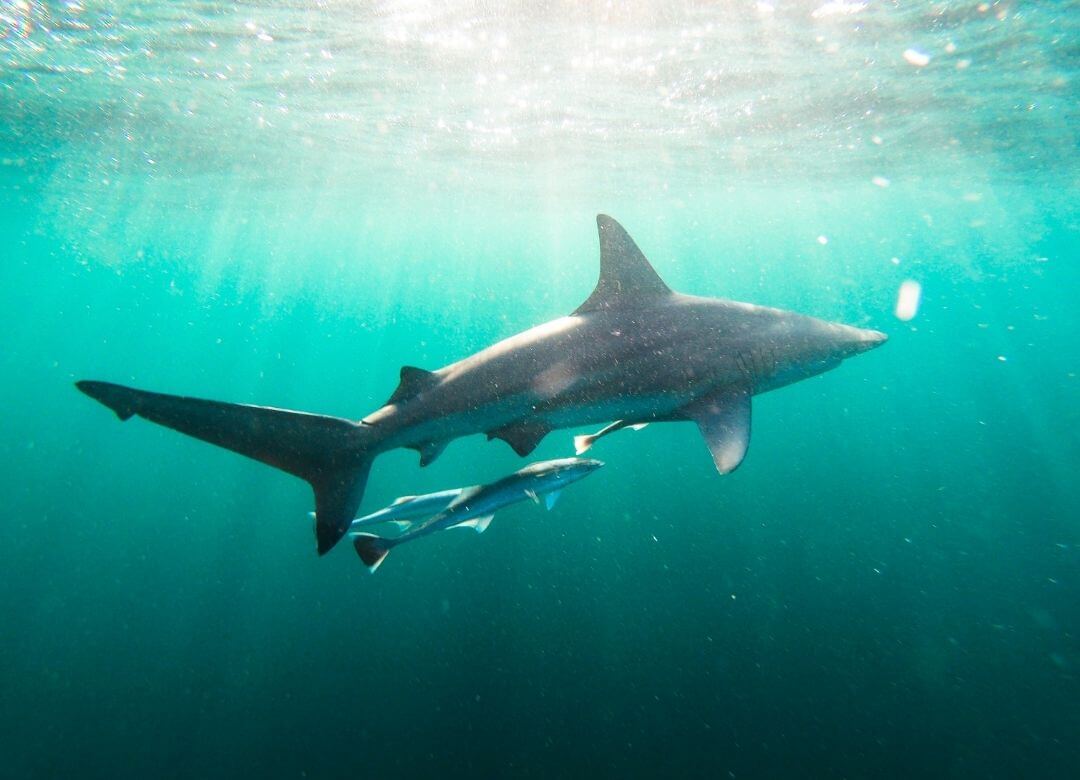Taxonomy

What Is Taxonomy?
Word of the Week
Taxonomy
Taxonomy is the scientific study of identifying, describing, and classifying organisms.
Taxonomy helps us put similar organisms into groups based on how similar they are. Plants, animals, fungi, and other organisms are all organized into taxonomic groups!
Taxonomic Hierarchy
Groups near the top of the pyramid (the widest section of the pyramid) are very broad and have many animals with just a few similarities. Groups on the other end of the pyramid (the narrowest section of the pyramid) are more specific, having just a few animals with a lot in common!
Click the drop-down arrows for more information about each taxonomic group.
Species Spotlight
Komodo Dragon
Varanus komodoensis
Komodo dragons are well known for being the largest lizard in the world. These sizeable reptiles average about 150-200lbs as adults and consume up to 80% of their body weight in a single meal! On the 5 small Indonesian islands where Komodo dragons live, they make easy meals of small wild boar, deer, water buffalo, birds, and even other Komodo dragons. They are recognized as one of only three venomous lizards in the world, giving them a powerful advantage when hunting, though a good portion of their diet is carrion (dead meat).
Komodo dragons share the genus Varanus with about 80 other monitor lizard species, including water monitors and tree monitors. Because they are closely related, monitor lizards have a lot in common! They have long, strong tails that can be used for balance and as a weapon. Most monitor lizards are terrestrial (live on the ground), though some are arboreal (living in the trees) and some spend time in water. Like the Komodo dragon, many species are carnivorous, however, some are frugivores (eating primarily fruit). Lizards in the Varanus genus have similar body shapes, but not necessarily body size. Komodo dragons are the largest, while other species measure less than 1-ft.
BRAIN BLAST
Many groups of lizards exist, like chameleons, iguanas, geckos, and skinks. Research these groups to discover how closely related they are! Do they belong to the same genus, family, or order?
Conservation Corner
Why Is Taxonomy Important?
Deciding if there are 1 or 2 species of Bahamian rock iguanas might not sound like a big deal, but it is more important than you think! Imagine this... You are petitioning a local government to create a policy that would protect the iguanas. For the government to put the policy into action, you must prove that each subspecies of Bahamian rock iguana has become too small (that they are endangered enough to protect). If there are only 2 subspecies, then each subspecies will have more individuals and the government might not feel the policy is important. If there are 3 subspecies, there will be fewer individuals in each subspecies group and the government might feel the policy is incredibly important!
The bottom line is we must categorize animals into taxonomic groups so we can discover just how endangered each group is and use that data to encourage policymakers to protect endangered species.

Masterful Mammals
Organize each mammal below into the appropriate order based on your knowledge of the order and traits of each species.
Taxonomy Challenge
Choose an animal!
Download the layers of a taxonomic hierarchy using the button below and cut them out. Paste each layer in the correct order from the broadest group to the narrowest group (to create the upside-down pyramid!). Once your layers have been pasted, fill in the blanks to complete the taxonomic hierarchy for the animal you selected! Then, complete the worksheet to better understand your animal.
*Given that taxonomy is a more advanced concept, this challenge only has an "expert" option*
Glossary
DNA
The molecules inside of cells that is responsible for how an organism develops and functions. Organisms that are closely related have similar DNA.
Genus
A taxonomic rank slightly broader than the species rank. Organisms that share a genus are closely related and have many inherited traits in common.
Scientific Name
[Also known as a Latin name or binomial name] A unique name given to a living organism used by scientists consisting of the genus name and species name.
Species
A group of very closely related organisms that share physical and behavioral traits and are capable of breeding.
Subspecies
A group of incredibly closely related organisms in a species that have often become geographically separated from the rest of the species.
Taxonomy
The scientific study of how organisms are identified, described, and classified.




